Peruvian Amazon Drops to 40-Year Low
Prolonged drought in the basin has impaired economic activity in northeastern Peru.
A dry spell caused by high temperatures and reduced rainfall has diminished the Amazon River in Peru to its lowest level in 40 years, causing severe economic disruption throughout the country, the BBC reports.
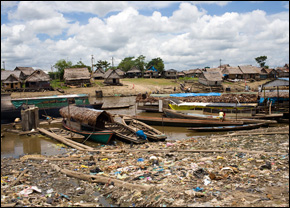
The low water levels have stranded several boats and suspended shipping services, closing several ports and harbors in Peru, which relies on the river for transport, according to the AFP.
The Amazon, the second-longest river in the world, is the economic artery of the region.
In the city of Iquitos, the biggest in the Peruvian Amazon, the river has fallen to about 14 feet, and is expected to drop even more by mid-September, the AFP reports.
Iquitos, along with several other towns in northeastern Peru, has been cut off from easy access to food and water supplies. The Amazon River and its associated tributaries are the only form of travel for the city.
Although dry weather is not uncommon at this time of the year, Peruvian scientists fear that the intensity of the hurricane season expected in the Atlantic will diminish the rainy season for the Amazon River Basin, which normally starts in late September.
“It’s an inverse relationship,” said Marco Paredes, head of Peru’s meteorological service in Iquitos. “The formation of hurricanes is very much related, more hurricanes means less rain for us.”
Peredes predicts continued drought and hardship for the river, whose water has already dropped two feet below the water levels in the dry 2005.
Meanwhile, different water woes are troubling southern regions of the country. One man was killed and 18 others were injured Thursday during a clash between the Peruvian police and protesters opposed to an irrigation project in Arequipa, Reuters reports.
Protesters say that the Majes-Siguas II irrigation project will leave Espinar, a town 400 miles south of Lima, without water. The scheme calls for a dam and water system that can irrigate 95,000 acres of agricultural land in Arequipa.
“I understand the worries about water among the people, however I think that [local] politicians don’t do enough to communicate the truth about things,” Peru’s Finance Minister Ismael Benavides told RPP Radio on Thursday, as tensions were mounting. “This project is going to generate 150,000 or 200,000 jobs, and I’m sure much of them will go to Espinar.”
Conflicts over natural resources are not uncommon for Peru’s government, which is an outspoken enthusiast for developing export-oriented agricultural farms and the petroleum industry as a way to diversify the economy, according to Reuters.
The country, traditionally known for its mineral exports, is investing heavily in its agricultural sector and has already turned into the world’s top asparagus exporter. But acute water shortages along its Pacific Coast and the uncertain future of its melting Andean glaciers threaten its agricultural boom.
Read more about Peru’s glacial retreat on Circle of Blue.

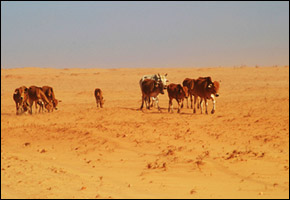
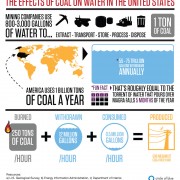

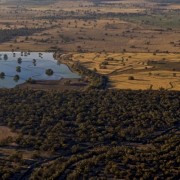


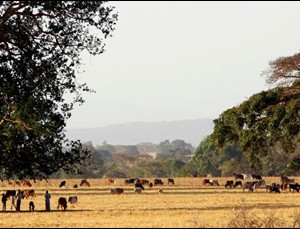
The river was unusually low this past July as well and travelling on it was difficult with the cargo boats unable to pick up or drop off people and cargo in their usual locations. It is particularly difficult for the people living in the region where the rivers are the only roads. Depending on what happens, it may be difficult for people to travel back to their villages in late September/early October to vote in the elections – mandatory for all Peruvians. If you would like to know more about everyday indigenous life in the Peruvian Amazon, please visit http://www.ninosdelaamazonia.org You will see amazing photos, all of them taken by the children who live there. It is a unique, intimate perspective and a true document of their realities. Thank you.